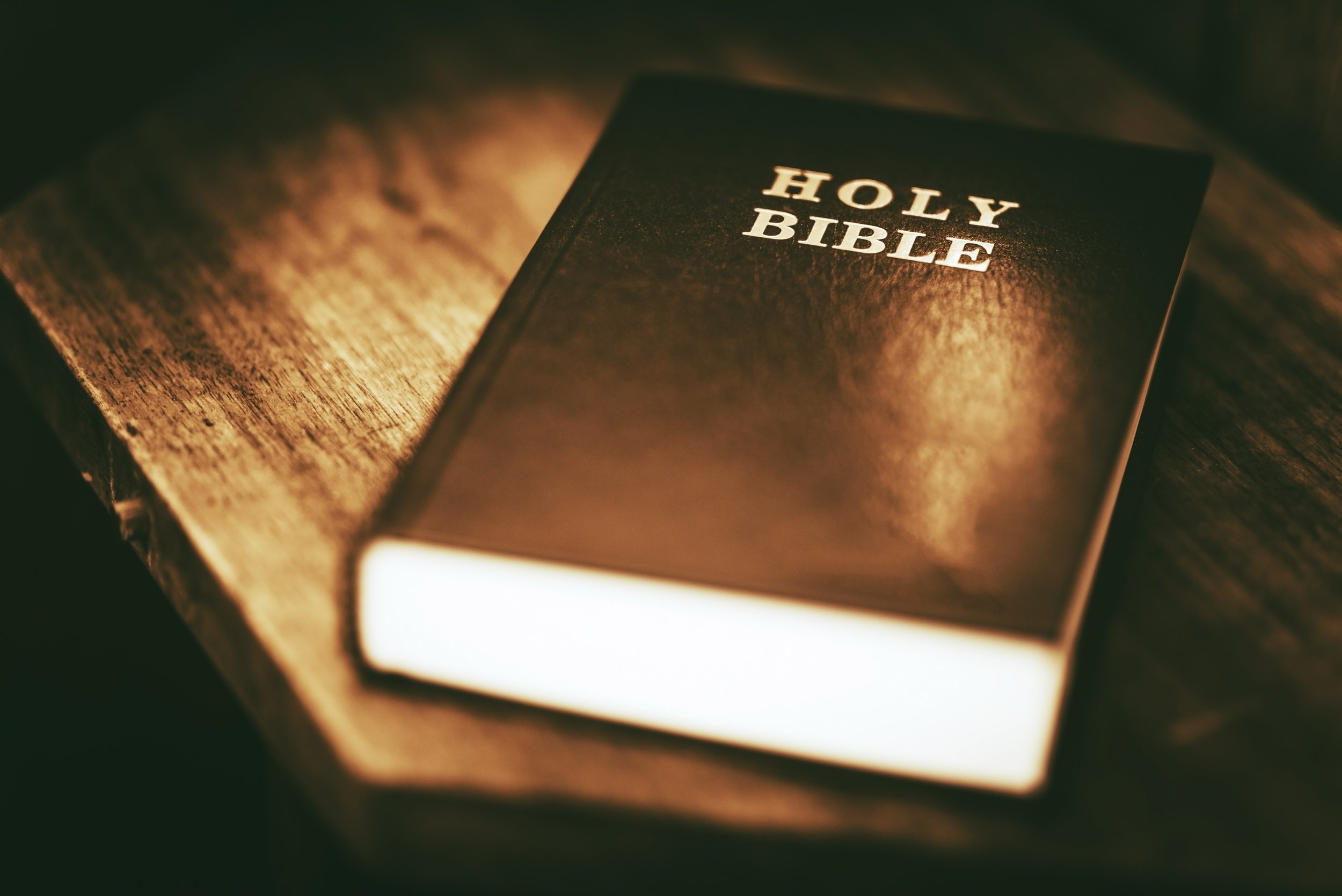Talking Points with Pastor Lucas - Worship Yesterday, Today, and Forever
Worship forms continue to be a talking point within our Lutheran circles. At the heart of those discussions are often disagreements about who is right and who is wrong, which form is best, what Divine Setting is most pure, or what instrument is most proper. Unfortunately, those considerations can get hijacked by intense emotions and we lose the ability to speak in ways that the other can hear or loses sight of what and Who is at the heart of our worship. I humbly offer the following as a reminder that the Word of God must lead us forward.
The following is adapted from a forthcoming book by President Woodford and Harold Senkbeil titled “The Culture of God’s Word.”
We must acknowledge that at the heart of all Christian worship stands Jesus himself, who himself is the great high priest in God’s heavenly sanctuary (Heb 10:19-22). By his sacrificial death and resurrection, he has opened the kingdom of heaven to all believers. We trust in the promises of forgiveness, life, and salvation he has attached to his gracious commands: “Preach the gospel” (Mark 16:15); “Take eat, take drink…” (Matt 26:26-27); “Go and baptize” (Matt 28:19). Consequently word, prayer, and meal (the Lord’s Supper) comprise Christian services everywhere, echoing in various ways the pattern of worship Jesus first established. Even free form worship gravitates toward some type of predictable structure, or liturgy.
“Liturgy” originally meant a public service that Roman citizens provided for the greater good of the empire – such as building roads or public utilities. Jesus is that citizen of the new Jerusalem who alone has offered all his goods – his very life – for the benefit of the whole world. In obedience to his commands and trusting in his promises the church continues to draw its life from him. The earliest forms of Christian worship were rooted in the prayer services of the Synagogue, with the addition of apostolic teaching and the “breaking of the bread” or Lord’s Supper (Acts 2:42). Gradually the Lord’s Prayer and other Scriptural prayers were added – such as the Gloria (the song of the angels from Luke 2:14), the Sanctus (the hymn of the angels from Isaiah 6:3 plus the acclamation at Jesus’ entry into Jerusalem from Matt 21:9), the songs of Mary (Luke 1:46-55), Zechariah (Luke 1:68-79), Simeon (Luke 2:29-32), and others. The goal was to catechize the faithful in everything Jesus taught his disciples (Matt 28:20). Musical settings varied widely, of course, because they were contextual. But Biblical texts always governed what was sung – the word prevailed, and its culture grew.
These ancient worship songs, filled with God’s Word, are the common heritage of all Christians, not just historically liturgical churches. Their fundamental texts distil the essence of the faith once delivered to the saints (Jude 1:3), training each succeeding Christian generation in the basic vocabulary of faith so they can all the more confidently confess with their lips what they believe in their hearts (Rom 10:9). Since its beginning, the church has taught young and old a catechism – the central texts of faith such as the Apostles’ Creed, the Ten Commandments, and the Lord’s Prayer. Imparting these key texts has become known as catechesis – the inculcation of God’s Word. As that Word is sown in the hearts and lives of each generation in succession, the culture of the Word grows, bearing the fruit of faith in works of love and service. And in the face of a secular and paganizing culture, building a culture of the Word of God becomes of paramount importance.
So liturgical worship, far from a mere aesthetic experience, has been a life-giving tool for catechesis and evangelization over the centuries. Like a great coral reef, liturgical rites morphed and changed with shifting locations and culture. Though its music varied widely, the one constant in worship has been the use of the words of Scripture itself in prayer and praise.
In the end, a Scriptural liturgy is an essential tool for Christian mission today just as it has been for two thousand years. It shows us how to read the Bible, how to pray, and how to live. It encourages consistently faithful testimony to Jesus despite opposing cultural winds. It sows the Word and grows its culture. Simple or elaborate according to taste and custom, Christian worship always connects the faithful to the heavenly liturgy of saints above and myriads of angels singing their eternal praises to the God of all creation.
Christians will continue to worship Jesus until he returns. Until then, his Word will lead us forward and unite us together.
In Christ,
Rev. Dr. Lucas V. Woodford
MN South District President, LCMS



